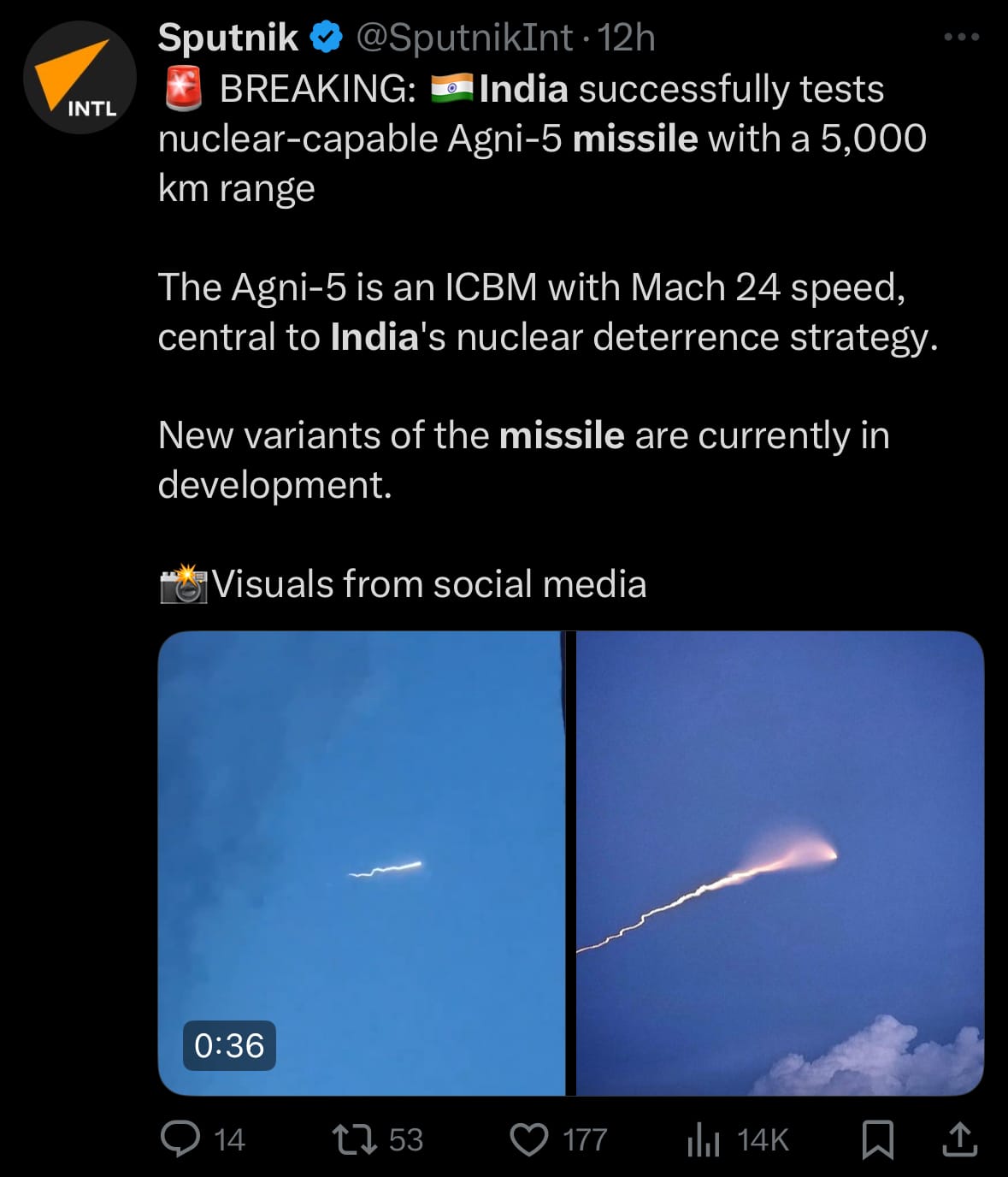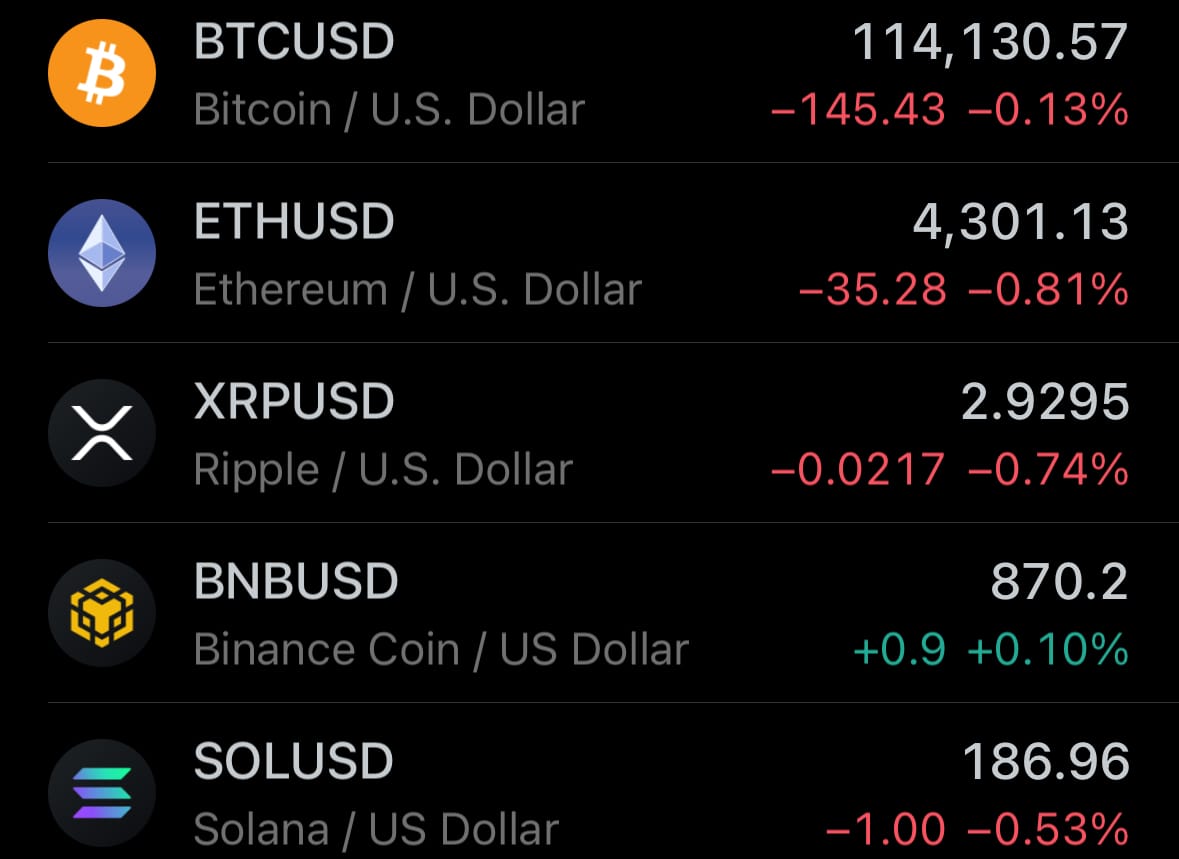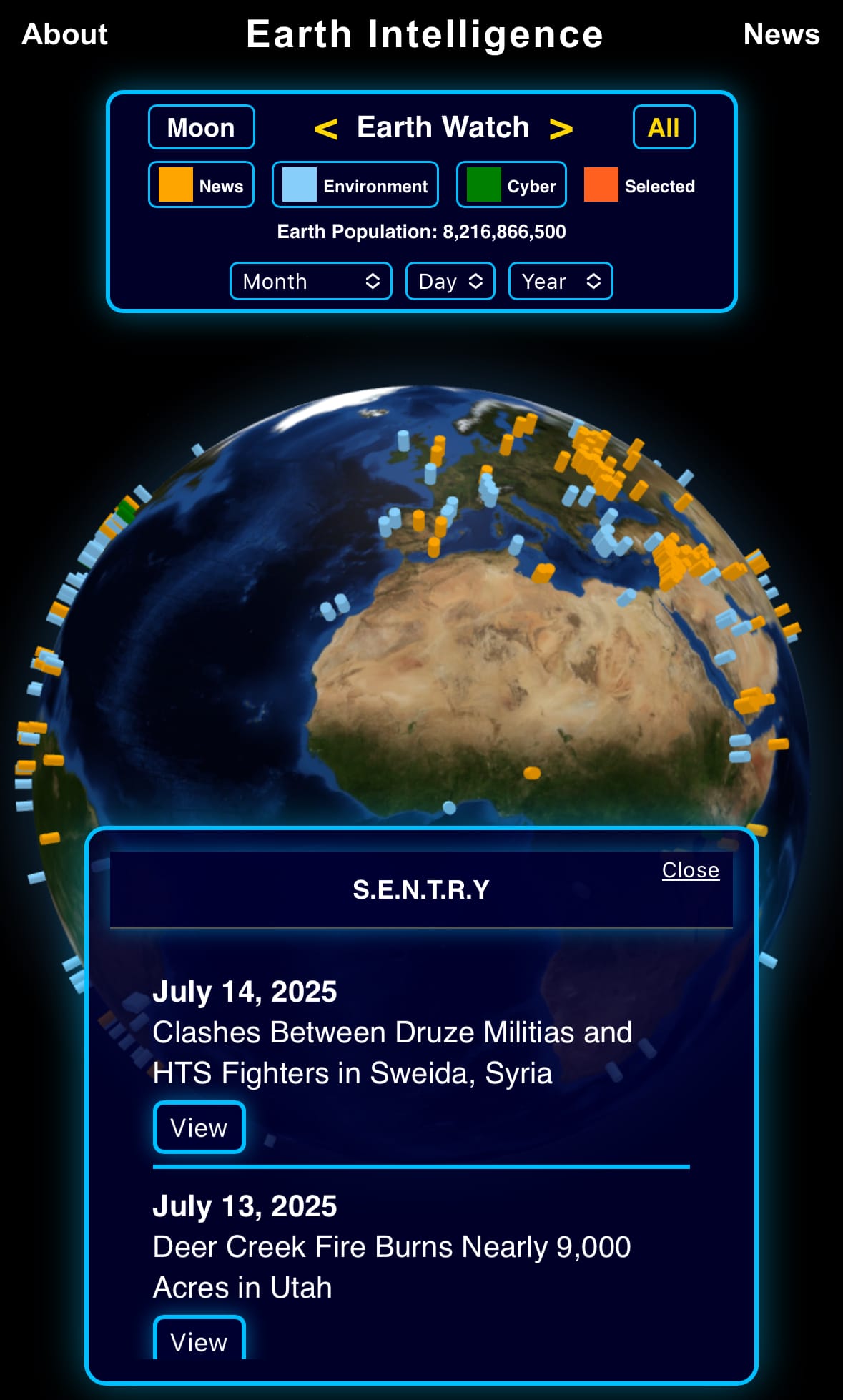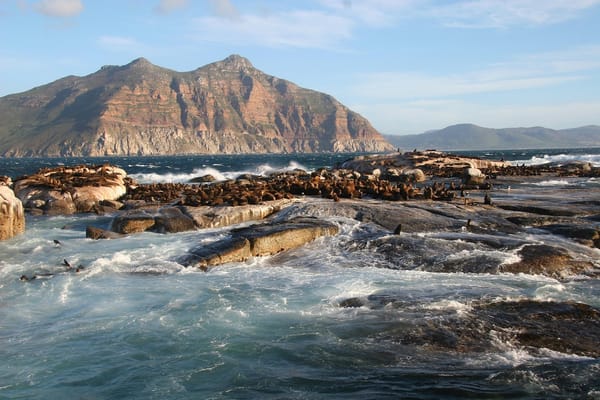Thursday☕️

Trending:
- On August 20, 2025, India successfully conducted a test-firing of its nuclear-capable Agni-5 ballistic missile from the Integrated Test Range at Chandipur in Odisha, under the supervision of the Strategic Forces Command and developed by the state-owned Defence Research and Development Organisation (DRDO) as part of the government’s Integrated Guided Missile Development Programme. The surface-to-surface missile, which validated all operational and technical parameters during the launch, features a three-stage solid-fueled engine, a range exceeding 5,000 kilometers (≈3,107 miles, with some estimates up to 8,000 km / ≈4,970 miles), a top speed of Mach 24, and the ability to carry a 1.5-ton payload, including multiple independently targetable reentry vehicles (MIRV) for striking several targets simultaneously.

- As a road-mobile, canister-launched system, Agni-5 enhances India’s nuclear deterrence strategy by providing rapid deployment and second-strike capability, primarily aimed at countering regional threats from neighbors like China and Pakistan, while new variants incorporating advanced MIRV technology and improved precision guidance are currently under development to further boost its effectiveness and survivability. The Agni-5 differs from earlier missiles in India’s Agni series—such as the short-range Agni-1 (700 km / ≈435 miles) and medium-range Agni-3 (3,000 km / ≈1,864 miles). By achieving intercontinental ballistic missile (ICBM) classification with its extended reach, MIRV integration for evading defenses, and enhanced mobility, India has advanced from tactical short-term range to long-range deterrence in the Asia nuclear landscape.
Economics & Markets:
- Yesterday’s U.S. stock market:

- Yesterday’s commodity market:

- Yesterday’s crypto market:

Security:
- On August 19, 2025, Director of National Intelligence Tulsi Gabbard announced the revocation of security clearances for 37 current and former U.S. national security officials, as directed by President Donald Trump. Gabbard stated that the officials had politicized intelligence to falsely imply collusion between Russia and the Trump campaign in the 2016 election. This follows her July 2025 actions, where she declassified documents and sent criminal referrals to the Department of Justice alleging a conspiracy by Obama-era officials to alter intelligence reports.
- The affected officials include Andrew Cedar, Andrew P. Miller, Benjamin A. Cooper, Beth E. Sanner, Brett M. Holmgren, Charles A. Kupchan, Christopher Center, Corinne A. Graff, Dilpreet K. Sidhu, Edward Gistaro, Emily J. Horne, Harry Hannah, Heather R. Gutierrez, Jamie S. Jowers, Jeffrey M. Prescott, Joel T. Meyer, Joel Willett, and others, many of whom worked on Russia-related matters during the Obama and Biden administrations.
- Critics argue that revoking the security clearances of these 37 officials represents political retaliation without sufficient evidence or due process, potentially weakening national security by sidelining experienced experts and discouraging open discourse within the intelligence community. Supporters contend that the action is essential to rebuild trust in the intelligence apparatus by holding accountable those who allegedly abused their positions to politicize information and interfere in the 2016 election, safeguarding democratic processes from manipulation.
Environment & Weather:
- As of August 20, 2025, Hurricane Erin is a Category 2 storm in the Atlantic with 110 mph winds and 942 mb pressure, at 32.8°N, 73.1°W (300 miles east-southeast of Wilmington, NC), moving north at 16 mph parallel to the East Coast. It formed on August 11, became a hurricane on August 15, briefly hit Category 5 on August 16 (160 mph peak), weakened to Category 3 that day from eyewall changes, strengthened to Category 4 on August 17 (140 mph on August 18), then dropped to Category 3 and Category 2 by August 19 due to shear and dry air, before slightly intensifying again. The NHC predicts it stays offshore, may briefly reach low-end Category 3 overnight, then weaken from shear and cooler waters, becoming post-tropical by the weekend as it turns northeast.

- East Coast impacts include 20-30 foot surf and rip currents closing beaches and banning swimming from Florida to New England, plus 2-4 foot surge and flooding in NC's Outer Banks (Highway 12 flooded, communities isolated, evacuations for thousands under tropical storm warnings with 50-60 mph gusts and heavy rain). NC has a state of emergency; other effects are wildfire risk in Florida from dry air, minor flooding possible in VA, MD, NJ, and shipping/air disruptions, with officials urging caution and monitoring for path shifts.
Flooding in Indonesia:
- On August 20, 2025, heavy rainfall triggered a severe flash flood in Tumbang Manyarung Village, located in Mandau Telawang District of Kapuas Regency, Central Kalimantan Province, Indonesia, causing local rivers and waterways to overflow. The flood hit hardest in Jakatan Masupa Hamlet, where fast-rising muddy waters washed away 11 to 17 houses along the riverbank, collapsing structures and scattering debris like roofs, furniture, and personal items. Social media videos show villagers clinging to rooftops as turbulent waters eroded roads and buildings, but there are no reports yet of deaths or injuries. This rural area, prone to seasonal flooding, has seen major disruptions to daily life, with early reports noting heavy property damage though details on displaced people remain unclear.

- Local officials from the Kapuas Regency Disaster Management Agency (BPBD) have sent teams to assess damage, help with evacuations, and provide aid, while working with provincial and national agencies for more support. The area is still being watched closely due to ongoing rain forecasts, with alerts for possible further flooding in nearby low areas. Such floods are common in Indonesia during the wet season, often worsened by deforestation and inadequate drainage, but final numbers on casualties or costs are awaiting official confirmation.
Space:
- On August 20, 2025, Russia successfully launched the Bion-M No. 2 uncrewed spacecraft from the Baikonur Cosmodrome aboard a Soyuz-2.1b rocket, marking the second mission in the upgraded Bion-M series designed for biological research in space. Operated by the state-owned Roscosmos space agency, Bion-M builds on the heritage of the original Bion satellites from the Soviet era, retaining the Vostok/Zenit-derived spherical reentry module for safe return of experiments to Earth while incorporating a propulsion module from Yantar reconnaissance satellites for enhanced maneuvering and extended mission durations of up to six months.
- Powered by solar cells, it supports a increased scientific payload capacity of about 100 kilograms compared to predecessors, enabling studies on the effects of microgravity, cosmic radiation, and spaceflight on living organisms. This particular mission carries 75 mice, over 1,000 fruit flies, ants, plants, seeds, fungi, microorganisms, and cell cultures into a sun-synchronous orbit at approximately 370-380 km altitude, where radiation levels are roughly 30% higher than on the International Space Station, with the spacecraft set to remain in orbit for about one month before parachuting back for analysis to inform future crewed missions to the Moon and Mars.
Statistic:
- Largest public automakers by market capitalization:
- 🇺🇸 Tesla: $1.044T
- 🇯🇵 Toyota: $259.61B
- 🇨🇳 Xiaomi: $173.59B
- 🇨🇳 BYD: $135.47B
- 🇮🇹 Ferrari: $83.48B
- 🇩🇪 BMW: $64.39B
- 🇩🇪 Mercedes-Benz: $60.65B
- 🇩🇪 Volkswagen: $58.50B
- 🇺🇸 General Motors: $54.04B
- 🇮🇳 Maruti Suzuki India: $51.39B
- 🇩🇪 Porsche: $47.54B
- 🇮🇳 Mahindra & Mahindra: $47.50B
- 🇯🇵 Honda: $45.93B
- 🇺🇸 Ford: $45.72B
- 🇰🇷 Hyundai: $39.04B
- 🇨🇳 SAIC Motor: $32.14B
- 🇨🇳 Seres Group: $30.08B
- 🇰🇷 Kia: $29.52B
- 🇮🇳 Tata Motors: $29.18B
- 🇳🇱 Stellantis: $28.22B
- 🇨🇳 Great Wall Motors: $27.42B
- 🇨🇳 Geely: $25.70B
- 🇯🇵 Suzuki Motor: $25.54B
- 🇨🇳 Li Auto: $23.90B
- 🇮🇳 Hyundai Motor India: $23.23B
History:
- The concept of U.S. security clearances dates back to the early 20th century, when the federal government began recognizing the need to protect sensitive military and diplomatic information. During World War I, limited clearance procedures emerged to safeguard military secrets from espionage. This evolved further in World War II, as the Manhattan Project highlighted the necessity of compartmentalization and restricted access. By the Cold War, the U.S. formalized clearance levels, introducing a standardized vetting system under the Department of Defense and intelligence agencies to counter Soviet espionage threats. These clearances ensured that only individuals deemed trustworthy through background checks and loyalty investigations could access classified information.
- Today, the U.S. operates under a tiered clearance system that balances national security with operational efficiency. The three primary levels are Confidential, Secret, and Top Secret, but these are only the foundation. Additional designations, such as Sensitive Compartmented Information (SCI) for intelligence sources and methods, and Special Access Programs (SAPs) for highly restricted defense projects, add layers of protection. Nuclear-related information is further governed under Restricted Data (RD) and Formerly Restricted Data (FRD), while Controlled Unclassified Information (CUI) applies to sensitive but unclassified material. Beyond classified access, some federal roles require Public Trust or Suitability designations, which involve background checks without granting clearance. The system has modernized over time to account for digital threats, insider risks, and cyber espionage, but its core principle remains the same: safeguarding critical information by ensuring access is limited strictly to those who need to know. This multi-layered structure forms the backbone of the U.S. national security apparatus today.
Image of the day:

Thanks for reading!
Earth is complicated, we make it simple.
Click image to view the Earth Intelligence System:



Support/Suggestions Email:
earthintelligence@earthintel.news




